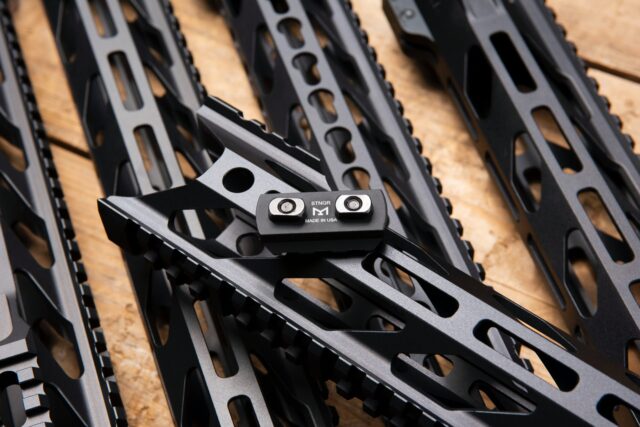
Whether a gun owner is an experienced shooter or a newbie, safety should be the first consideration they make when handling the firearm. The issue with this, of course, is that it’s so easy to buy a firearm these days that proper safety training is often overlooked. And if you buy a handgun, for example, it’s probably smart to have the rest of your family educated on its use to prevent any accidents.
If you buy a gun online from a place like Staccato 2011, for example, they provide training videos to help you train those around you. But it’s always important to remember the basics; here are the most common ways people fail with their firearm safety and how you can prevent these mistakes from happening.
1. Pointing the Nozzle in the Wrong Direction
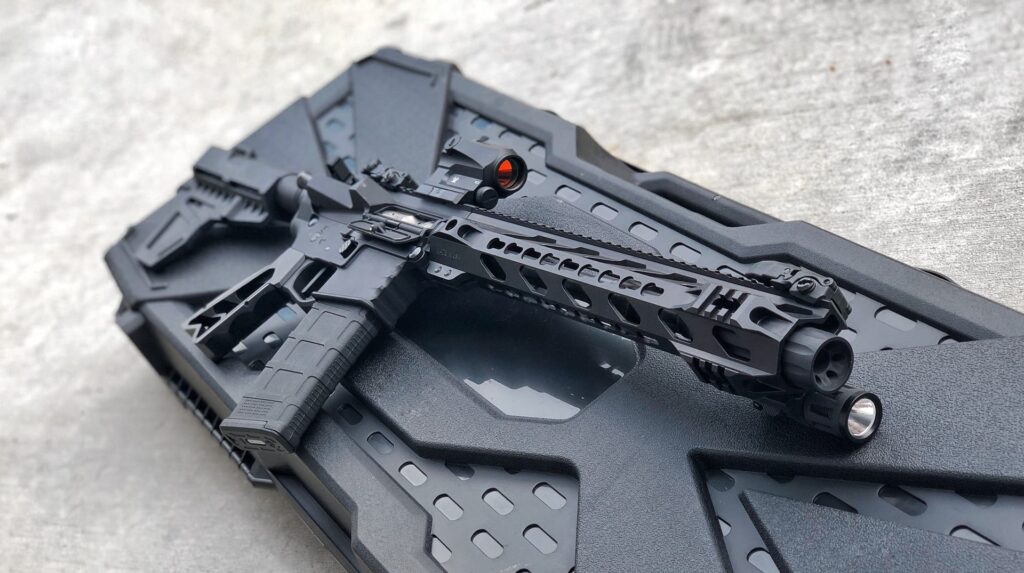
The first and most basic rule is to ensure that the muzzle always points in a safe direction. The fact is that if all gun handlers held their weapon with the muzzle not pointing at anything that is not part of their target, there would be no firearm accidents.
During loading or unloading, unintentional discharge can cause injury or unnecessary damage if the muzzle is not pointed in a safe direction. This refers to the direction in which a bullet cannot strike anyone or anything accidentally, considering that shots possess the power to penetrate walls and ceilings when discharged.
2. Storing a Loaded Gun
Another common mistake is keeping the firearm loaded even when not in use. Guns should be loaded only when the shooter is ready to fire in the field, on the target range, or in a shooting area. It is the firearms owner’s responsibility to ensure that unauthorized individuals, such as children, do not gain access to ammunition or guns.
It is safe to ensure that the weapon is not loaded before bringing it to a car, home, camp, or any other place where a loaded gun is not required. An experienced gun handler knows never to assume that their weapon is unloaded.
3. Fully Relying on the Safety Device
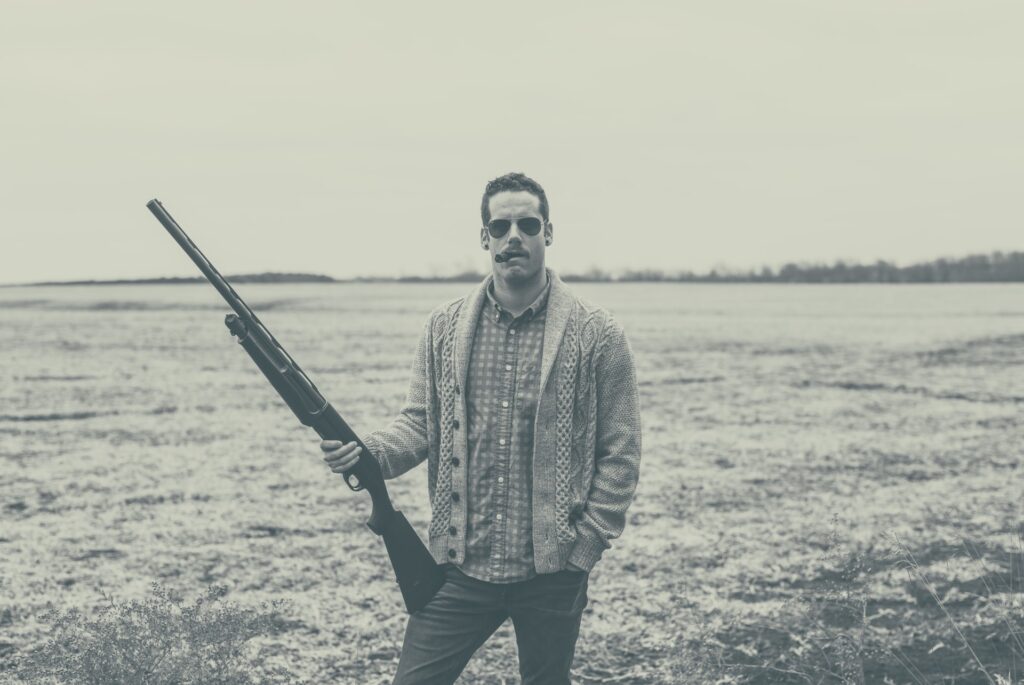
Many firearm handlers and owners rely on the safety device on their weapons. The device works mechanically like any other, and it may fail at the worst possible time. Sometimes, the gun owner may assume the safety is off when it is on.
The purpose of this device is to supplement the safe handling of a forearm. However, some people take it as a replacement for common sense. Many people make the mistake of carelessly handling their weapons, assuming that as long as the safety is on, then the bullets cannot be discharged.
4. Holding the Trigger with no Intention of Shooting
Touching the trigger without the intention of shooting is a mistake, too. It is recommendable to keep the finger away from the trigger and its guard while loading or unloading. Before firing, the shooter must ensure that the safety is on the fire position and not safe or anywhere between. If the safety is not positioned on fire, the gun can shoot at anything, anytime, even without touching the trigger again.
5. Unsure of the Target and What’s Beyond
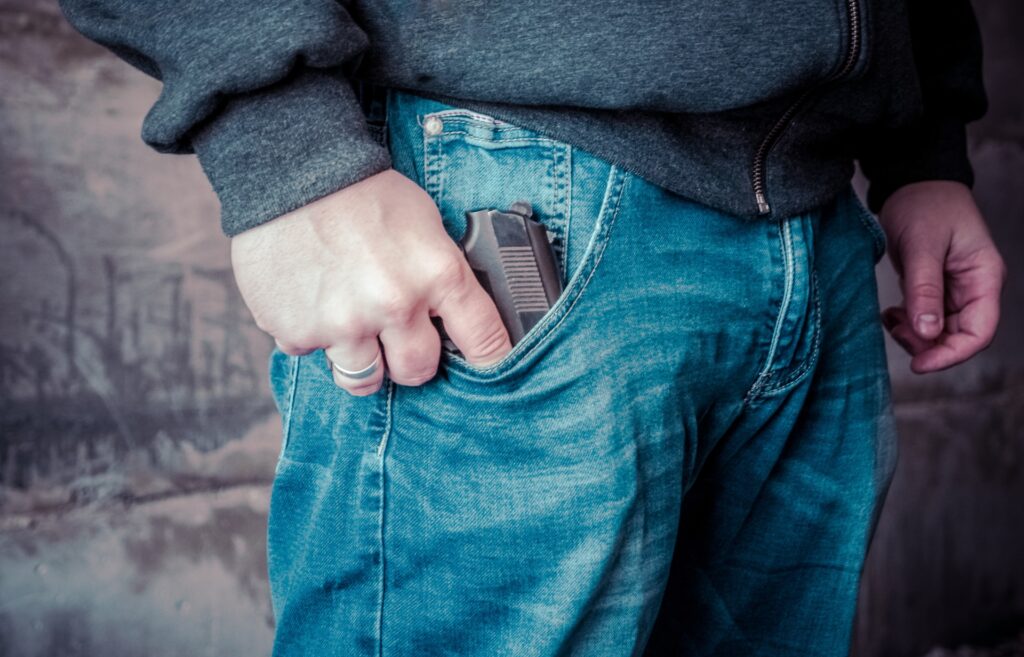
Some shooters are not sure of their target and what lies beyond it. Once the gun is fired, the shooter loses control of what the bullet is going to hit. In this regard, it is advisable to shoot when one is sure of their target, without striking anything or anyone else beyond. It is considered unsafe to shoot at movement or noise. When shooting, the firearm handler should take their time to be sure of their target and where the bullet will stop.
6. Using the Wrong Ammunition
Failure to use the correct ammunition on a particular firearm is also a consequential mistake. It is vital to read and keenly follow all the instructions about a gun, including those on the manual and inside ammunition boxes. Using incorrect ammunition can damage the weapon or cause severe injuries to the firearm handler.
Damage to the weapon can be caused by just one cartridge that is not of the right caliber or gauge. During loading, it only takes a second to ensure that all cartridges are suitable for a specific gun. Firearms are proof tested and designed based on the ammunition standards loaded at the factory during and after manufacturing.
During loading, some gun owners use ammunition made of unknown materials, very wet, sprayed with oil or solvents, or place the bullet in excessively lubricated weapons. In such instances, poor ignition can damage the gun or cause serious injury to the owner.
7. Failure to Use Eye and Ear Protection
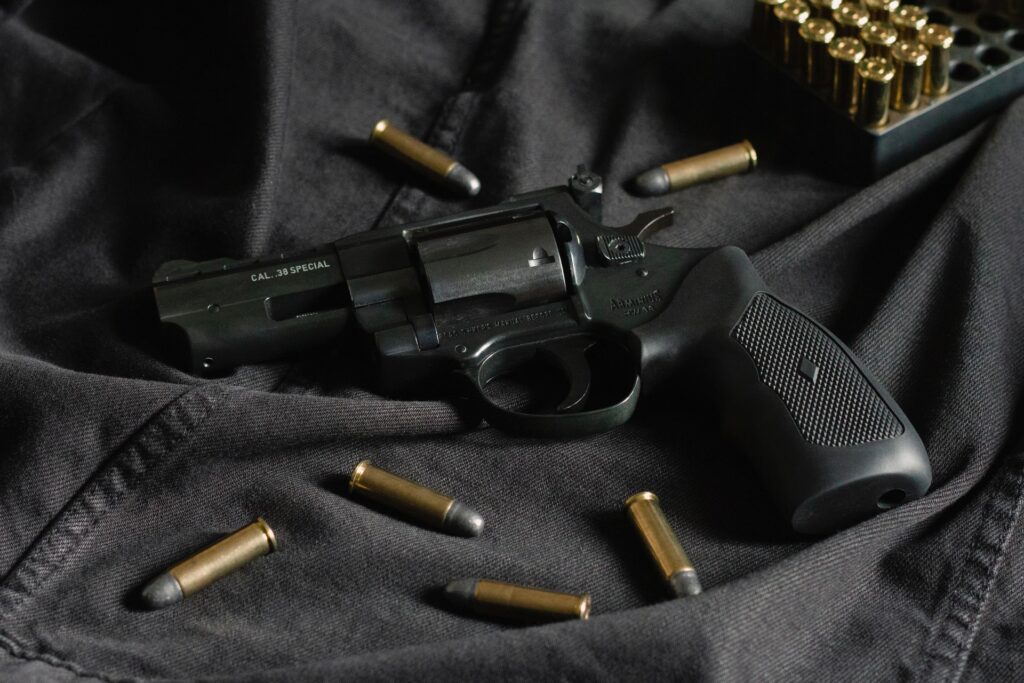
One of the most assumed and forgotten elements in firearm handling is using ear and eye protectors when shooting. If you’re interested in shooting with less noise and recoil, considering using a firearm silencer can be a great option.
On the other hand, shooting glasses protect the eyes from twigs, falling shot, and target chips. During disassembling, wearing glasses ensures that springs, solvents, and other agents do not come into contact with the eyes. In the market today, one can find a wide variety of ear and eye protectors.
8. Not Ensuring that the Barrel is Clear
During loading, many make the mistake of not checking whether the barrel is clear of obstructions. Opening the action and checking for any ammunition in the chamber or magazine is highly recommended. Even small portions of ice, mud, or excess lubricating oil can increase pressure in the barrel, causing it to bulge or burst. In such instances, there could be severe injuries to the gun handler and anyone else near them.
9. Modifying the Firearm
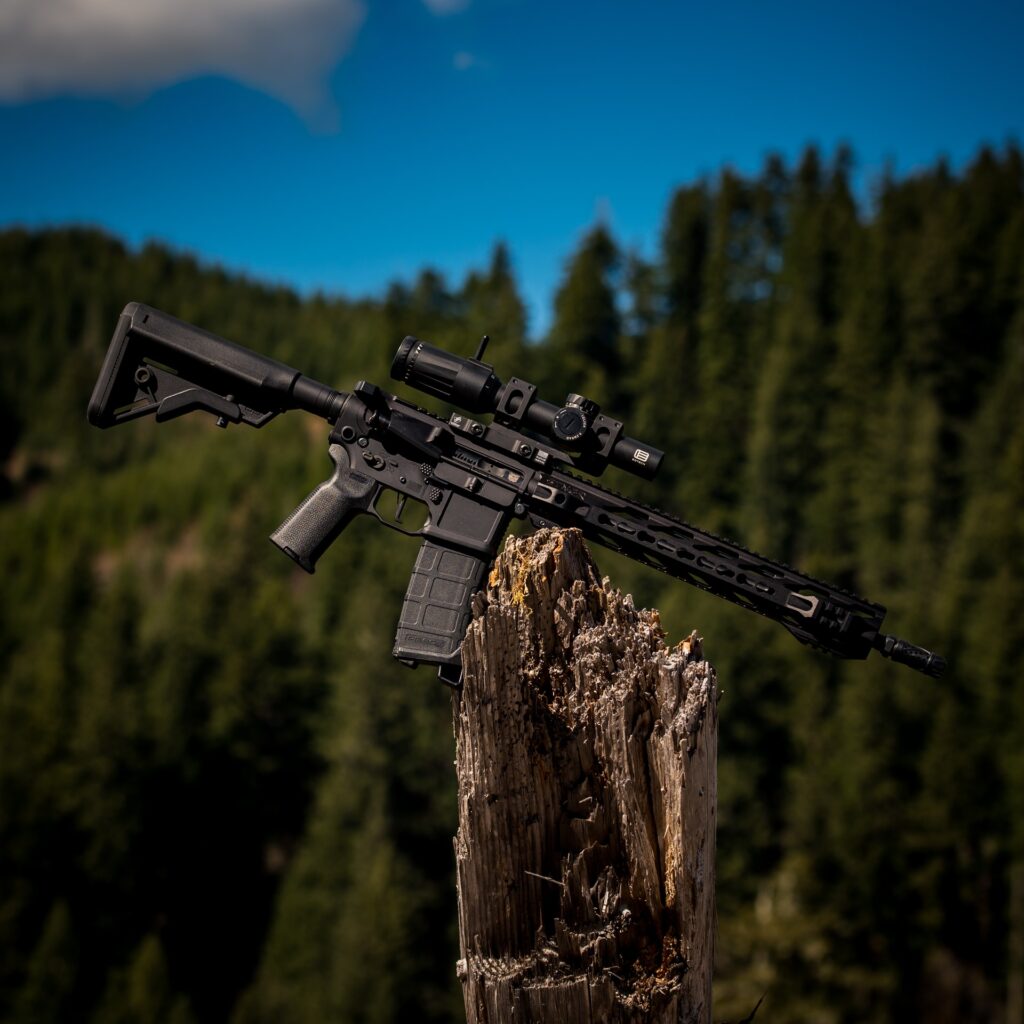
It is also a serious mistake to modify a firearm. Experts design and manufacture guns to properly function as they are. Any alteration made to a weapon after coming from the factory makes it more dangerous and causes the factory warranties to be void.
Modifying any mechanism or parts of a gun jeopardizes the safety of both the user and other people. It is advisable to have the firearm inspected and serviced regularly. A firearm handler should also understand the mechanical and handling characteristics specific to the gun they possess, which is easier if they’ve built their own firearm using 80 lowers.
Conclusion
The above is a description of the common mistakes done by many people in handling firearms. About all of them pose a very high risk of injury and damage to the shooter and their surroundings. It is especially important to be keen on storing the firearm, the direction of the muzzle, ammunition usage, and avoiding modifying the weapon.
During storage, the gun owner’s responsibility is to ensure that children and unauthorized individuals do not have access to the firearm. The muzzle should always be directed in a safe direction, away from anything that the handler does not intend to shoot.







